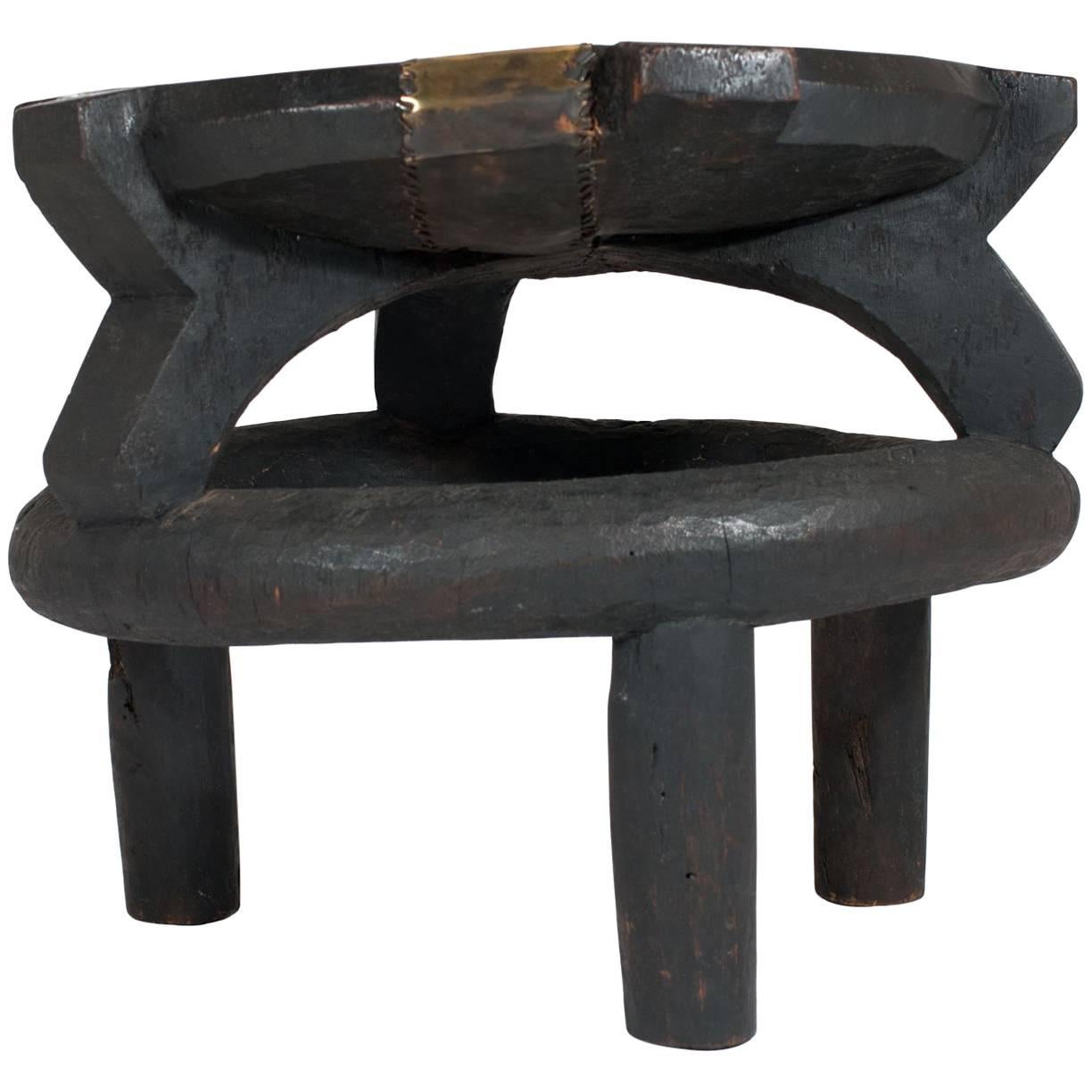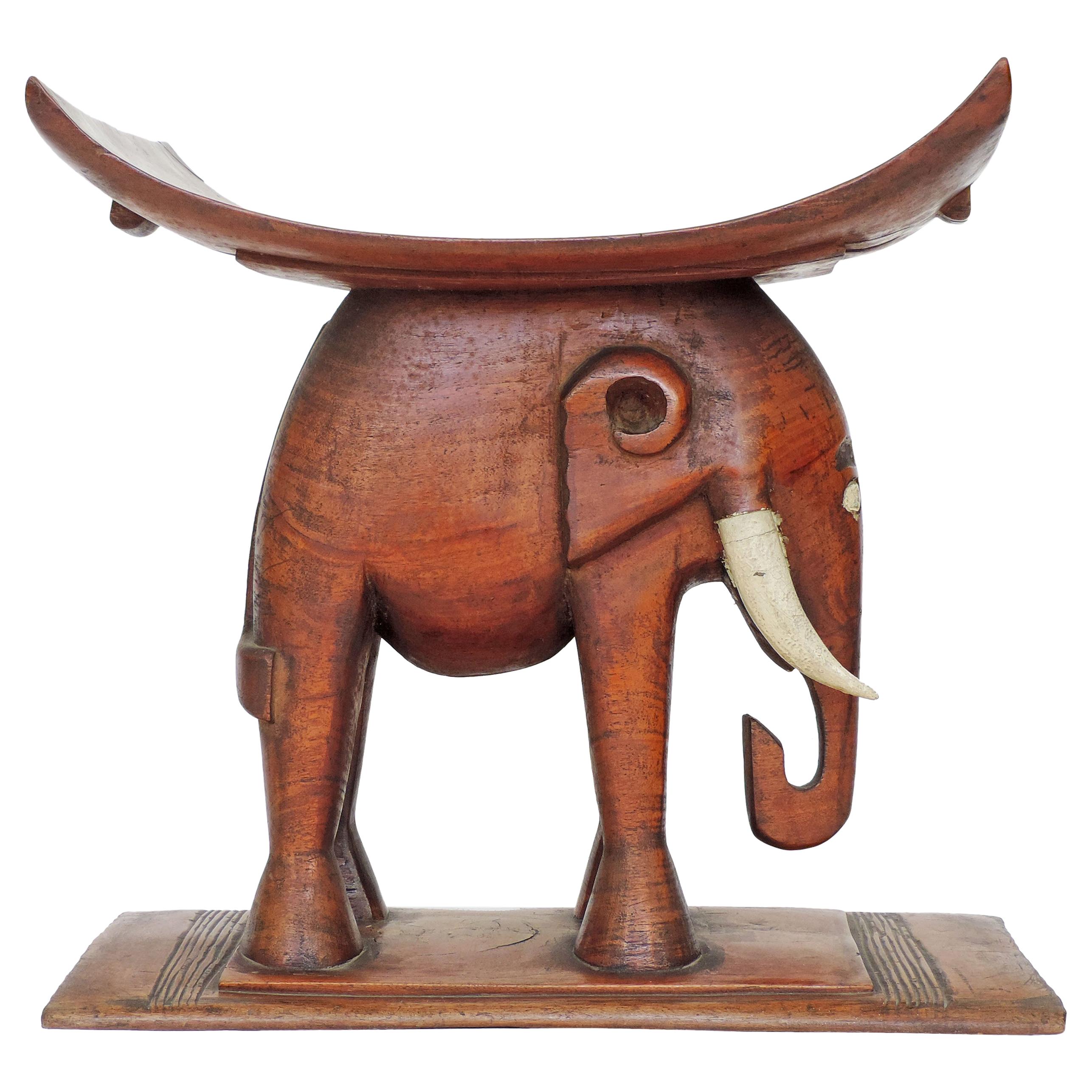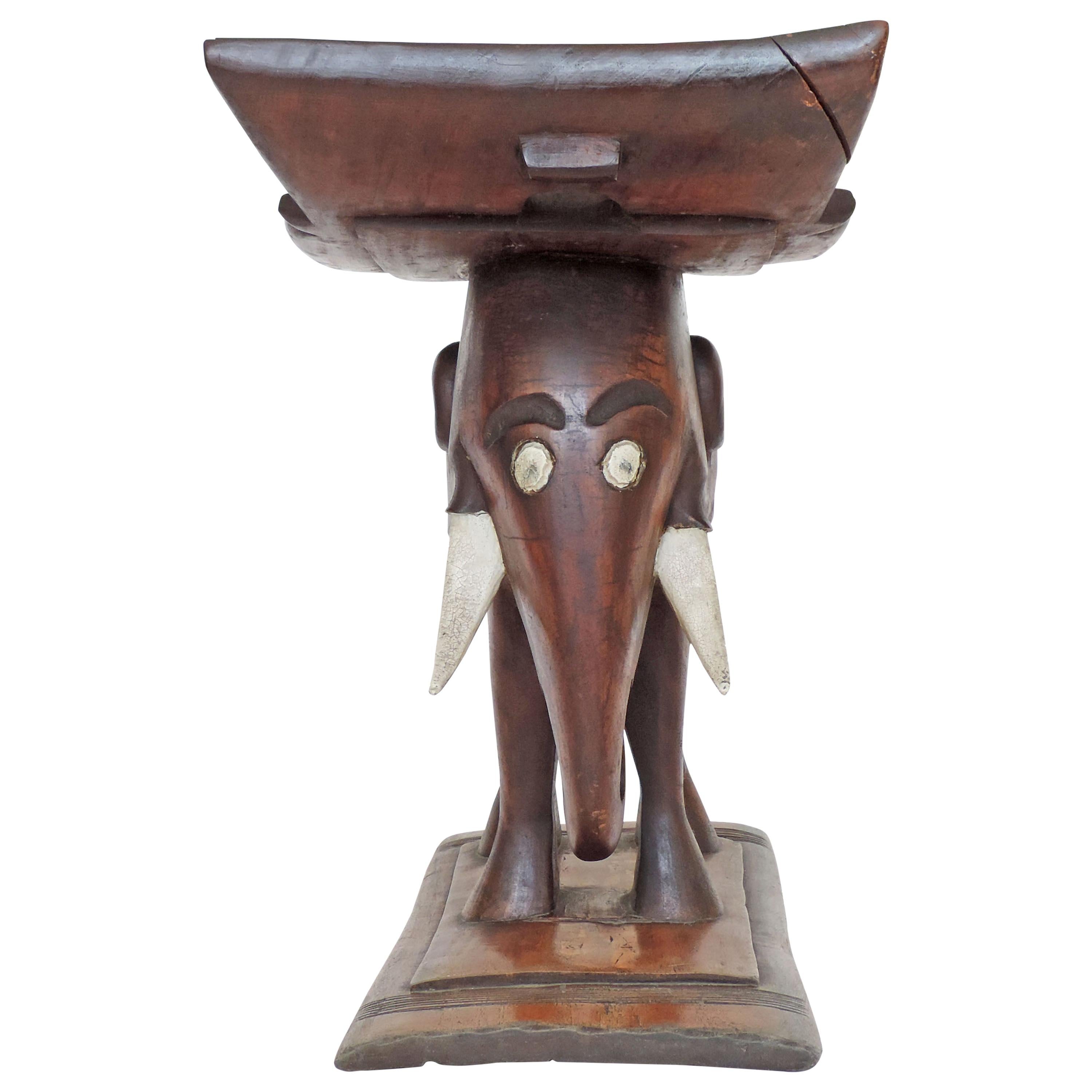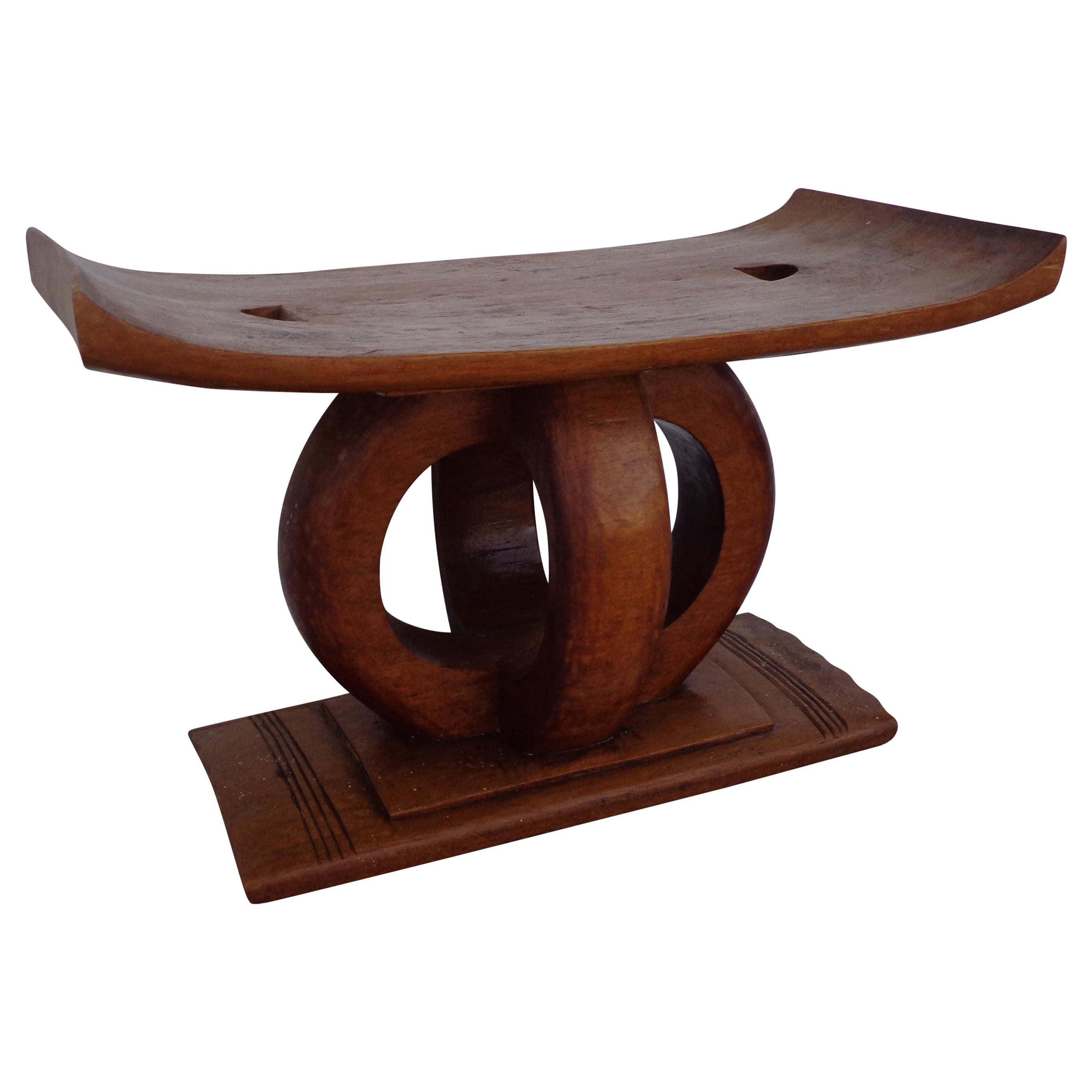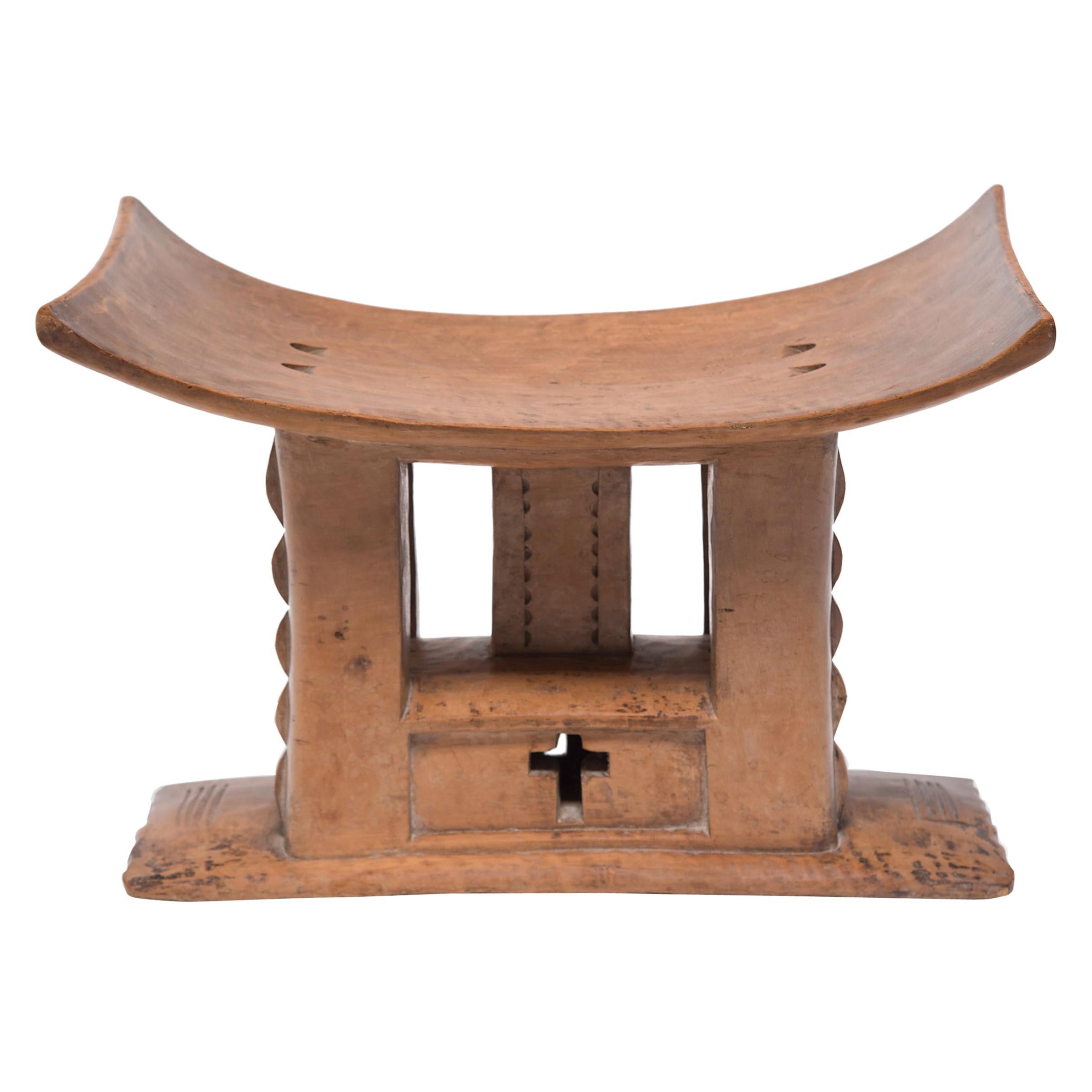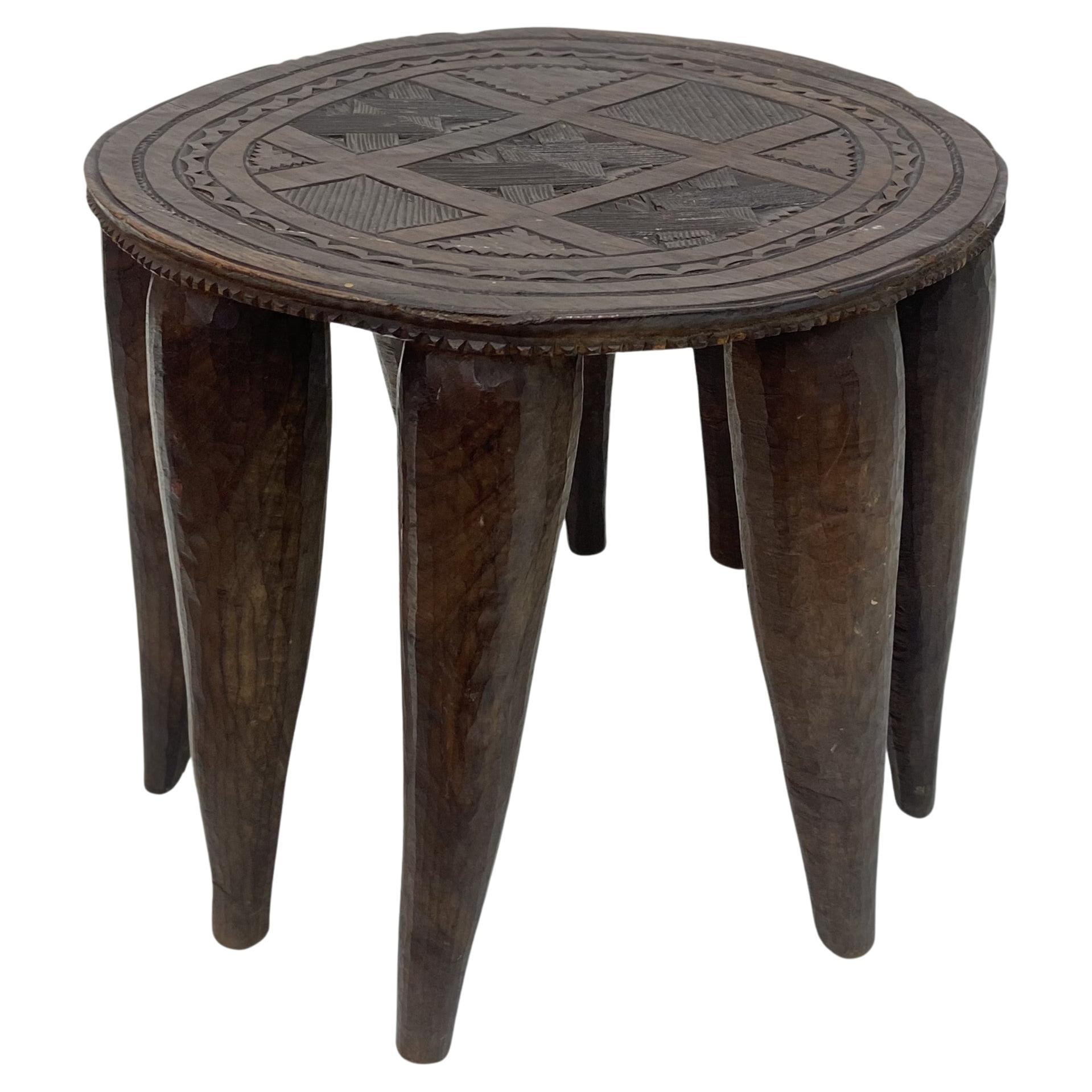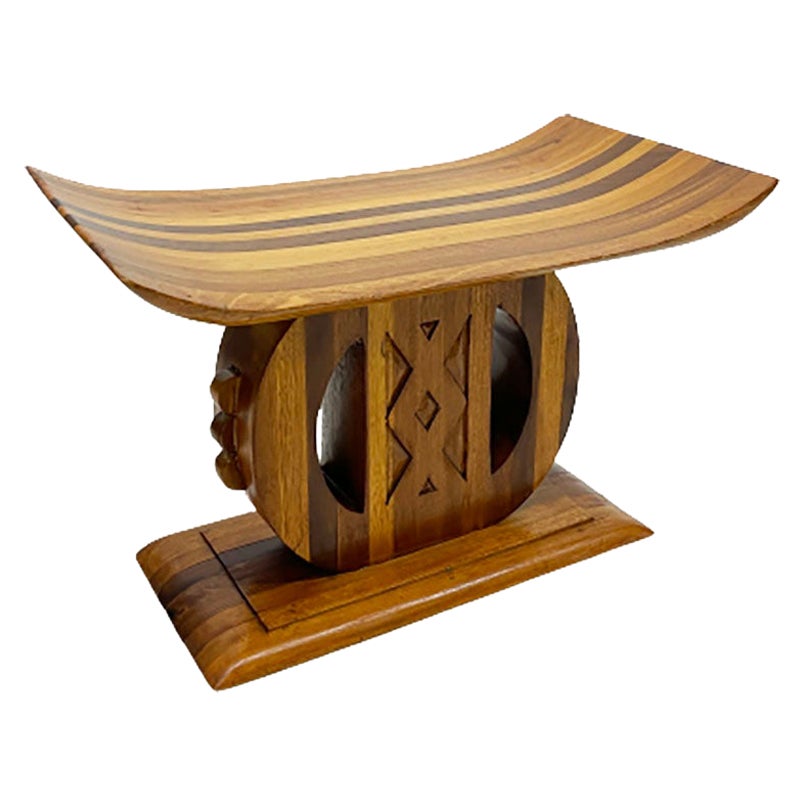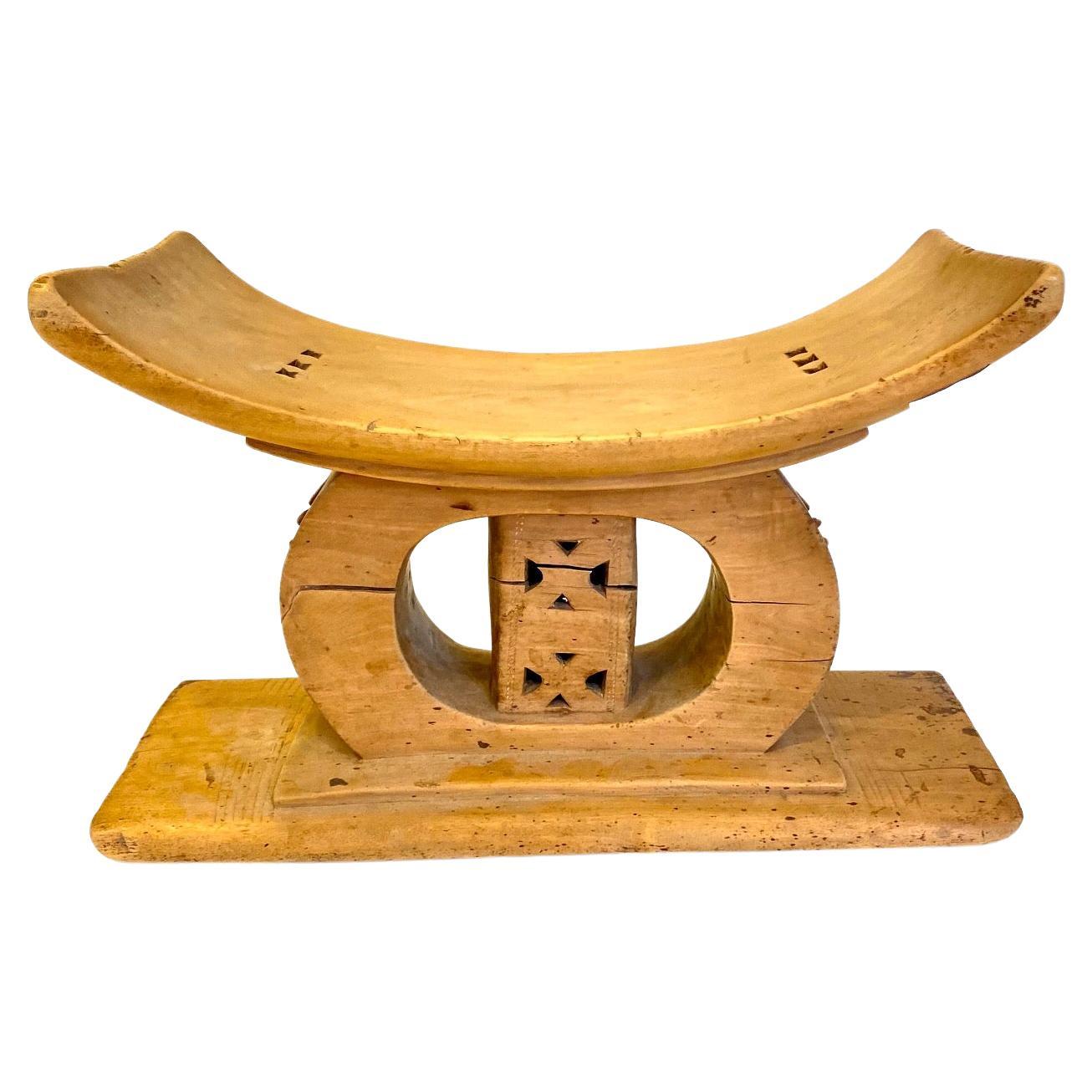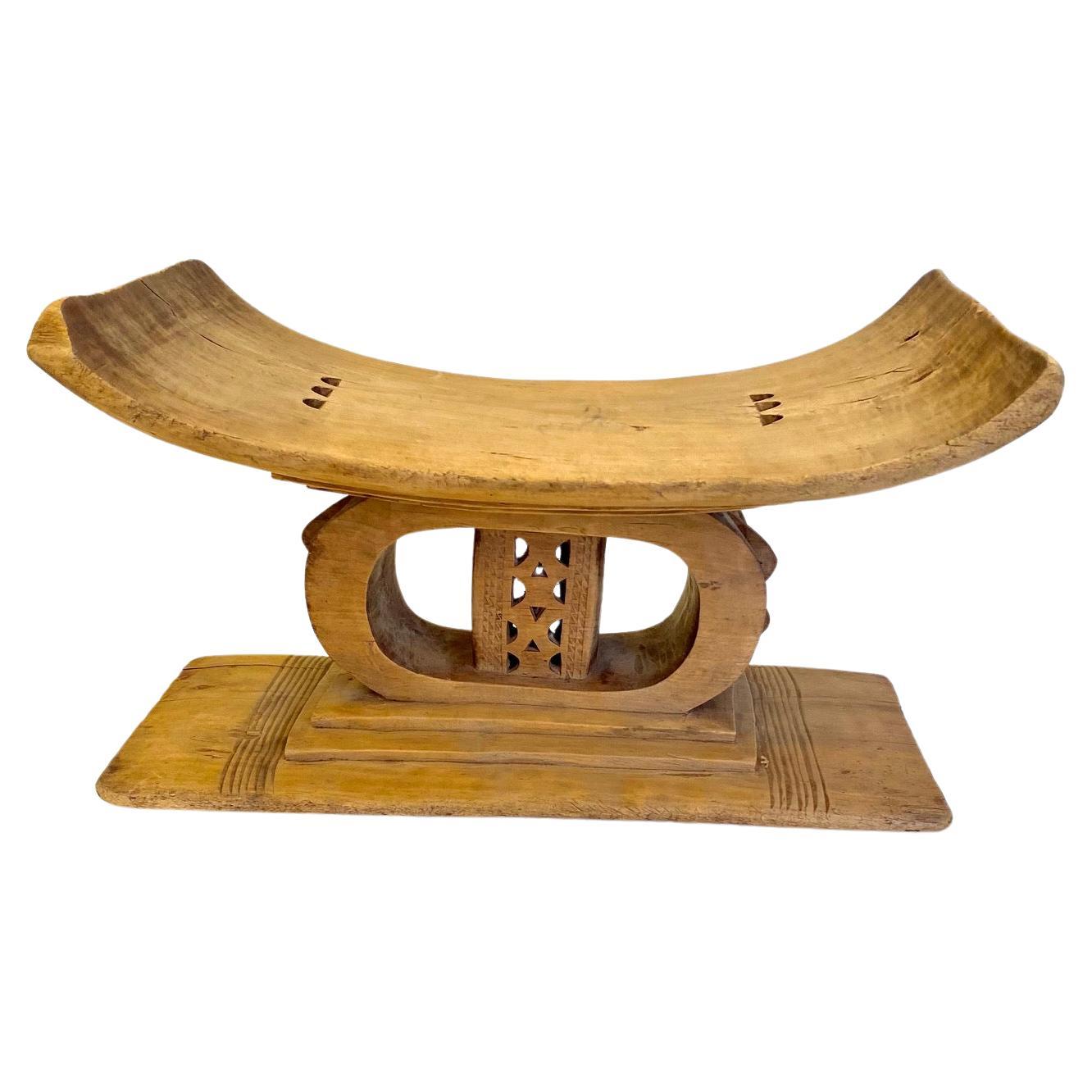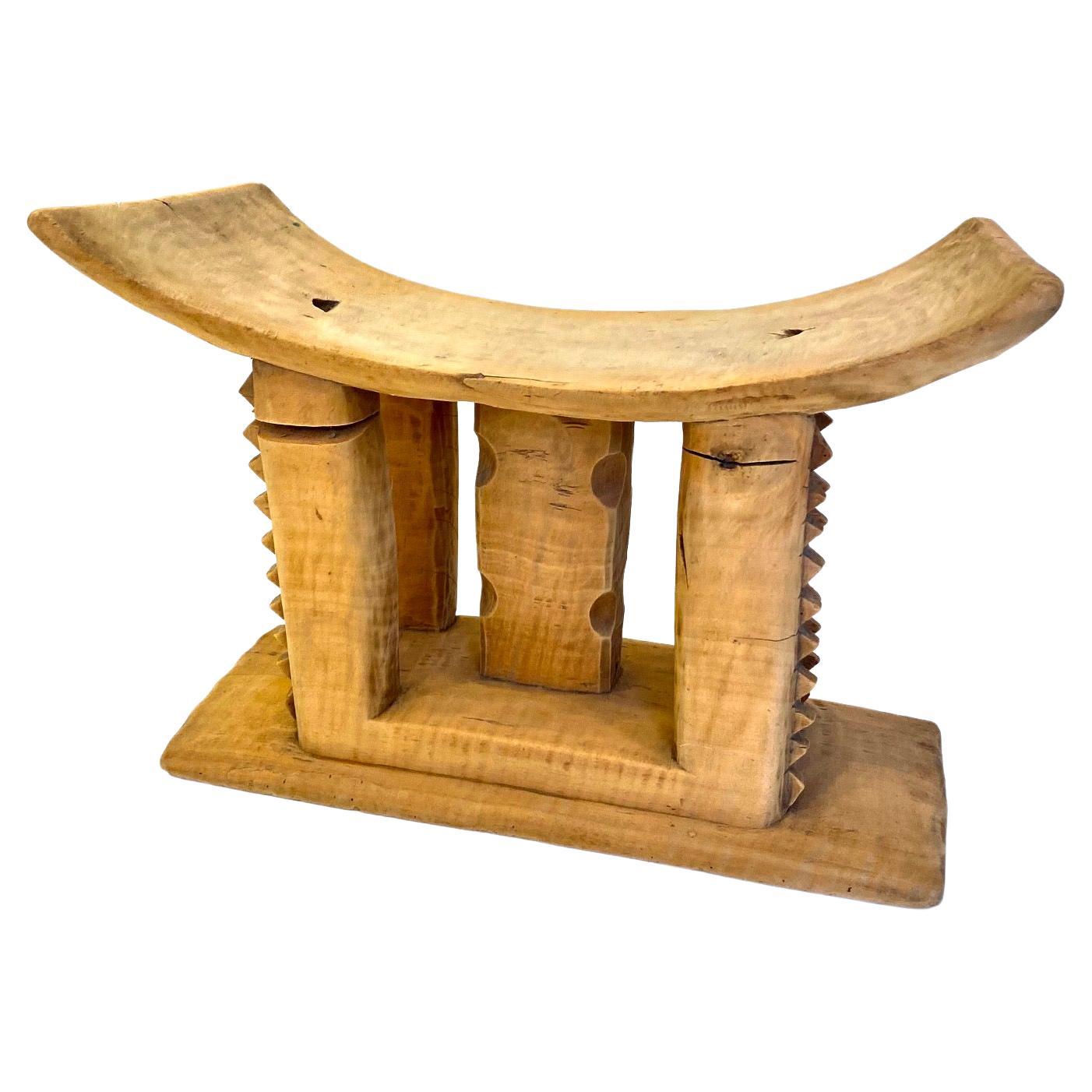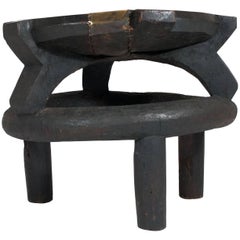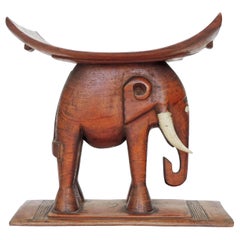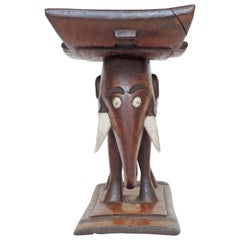
Ashanti African Tribal Elephant Stool
View Similar Items
1 of 14
Ashanti African Tribal Elephant Stool
$899.38List Price
About the Item
- Dimensions:Height: 9.85 in (25 cm)Width: 18.9 in (48 cm)Depth: 9.06 in (23 cm)Seat Height: 9.45 in (24 cm)
- Style:Mid-Century Modern (Of the Period)
- Materials and Techniques:
- Place of Origin:
- Period:
- Date of Manufacture:circa 1970
- Condition:Wear consistent with age and use. Minor losses. The stool shows good patination. One of the elephant's tusks is damaged, which should be visible in the photos.
- Seller Location:London, GB
- Reference Number:Seller: Elephant Ashanti stool 1stDibs: LU2348316495952
Authenticity Guarantee
In the unlikely event there’s an issue with an item’s authenticity, contact us within 1 year for a full refund. DetailsMoney-Back Guarantee
If your item is not as described, is damaged in transit, or does not arrive, contact us within 7 days for a full refund. Details24-Hour Cancellation
You have a 24-hour grace period in which to reconsider your purchase, with no questions asked.Vetted Professional Sellers
Our world-class sellers must adhere to strict standards for service and quality, maintaining the integrity of our listings.Price-Match Guarantee
If you find that a seller listed the same item for a lower price elsewhere, we’ll match it.Trusted Global Delivery
Our best-in-class carrier network provides specialized shipping options worldwide, including custom delivery.You May Also Like
Antique Tribal West African Stool Chair with Brass Patch
Located in New York, NY
This hand-carved wooden stool was made in Tanzania by hand with native repair. The patch was added from hand-hammered brass. This piece has great energy and patina, giving it a cool ...
Category
Late 20th Century Tanzanian Tribal Tribal Art
Materials
Wood
African Art Deco Ashanti Elephant Stool, Ghana, 1920s
Located in Milan, IT
African Art Deco Ashanti elephant stool, Ghana, 1920s
Wonderfully carved piece.
A similar piece is available for a pair.
Category
Vintage 1920s Ghanaian Art Deco Stools
Materials
Wood
African Art Deco Ashanti Elephant Stool, Ghana, 1920s
Located in Milan, IT
African Art Deco Ashanti elephant stool, Ghana, 1920s
Wonderfully carved piece.
A similar piece is available for a pair.
Category
Vintage 1920s Ghanaian Art Deco Stools
Materials
Wood
Ashanti Style Tribal Stool
Located in Pasadena, TX
Ashanti Style Tribal Stool
Stool in the style of the Ashanti Tribe of Ghana. Beautifully carved with a stepped base.
Category
Late 20th Century Ghanaian Folk Art Stools
Materials
Wood
Geometric Ashanti African Stool
Located in Chicago, IL
An indicator of status and family, stools play an integral role in traditional Ashanti culture. Believed to be the resting place for a person's soul, a stool is given to a child when they first learn to crawl and used in personal milestones throughout the rest of their life.
Carved from a solid block of wood, each stool has a rectangular base and a distinctive curved seat supported by a central column and four corner posts. While some ceremonial stools are carved to convey particular proverbs, this stool is simply decorated with scalloped edges, geometric patterns, and a small cross. The combination of shapes and curved lines makes this Ashanti stool...
Category
Early 20th Century Ghanaian Tribal Stools
Materials
Wood
Traditional Wooden Carved African Elephant Stool by the Ashanti Tribe Ghana
Located in Den Haag, NL
Authentic African carved wooden elephant stool. Originates from the Ashanti Tribe of Ghana. It is of traditional form with the elephant stood on ...
Category
Vintage 1930s Ghanaian Mid-Century Modern Stools
Materials
Wood
